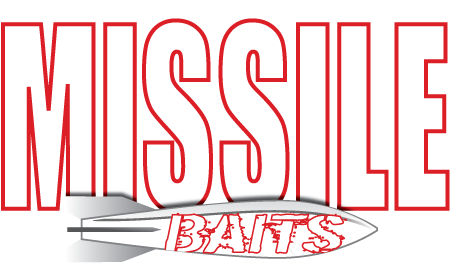Summer Bass in the Grass

In the summer, it gets hot and many people hit the water in search of bass. They get to their fishing hole and all they see is a football field of grass, either above or below the water. There is often confusion on where to even start. Don’t get away from it even if you can. Aquatic vegetation releases oxygen into the water. It also holds 4 times as many fish, of all types, than any other type of cover. Let’s get into how to tackle those bass in the grass.
What type of grass is it?
Not all grass is the same just like many other things. Without going into a full piece on what types of grass to fish and the differences, I will give you a short list of the best grasses, but any grass is better than no grass. Milfoil is the best bass grass for most any parts of the country. Eel grass is decent. Hydrilla is pretty good but can be tougher to fish. Cabbage is good in northern waters. Coon tail can be good. You can Google for pics of each of them to try to identify which one you are fishing. Mixes of grasses can be good too, but other factors are more important.
Let’s look at where it is growing.
Grass that grows all the way to the surface and creates a canopy is often called matted grass or “mats” by many anglers. This type of grass creates more shade and hiding opportunities for bait fish and game fish alike. Mats are often the most preferred to fish but can be difficult to fish for beginners. Special tackle and weights are often needed to get bass out of the thick grass that bite on top of the grass or under the mats of grass. This type fishing gets you into “punching” a soft plastic like a Missile Baits D Bomb through the canopy with a heavy 1 or 1.5 ounce weight. We will not start with this type fishing.
Around the matted grass, there will be grass under the surface as well. This grass is often much easier to fish and navigate through. This is where we should start. Look for where the matted grass makes points or has deeper water close by. Sometimes the fish can be between the heavy grass and the bank, which is referred to as the inside grass line. These edges and irregularities are what the fish will hold near as if the grass were the bank. Look for holes and clumps of grass too. Again, the theme is looking for what is different within the grass. Those are usually going to be the key areas in the grass.
How do you fish it?
Starting with a few basic rigs is the way to go. A light Texas rig soft plastic might be the first bait to start with for me. I would use a 1/8 ounce weight in front a 3/0 to 5/0 Gamakatsu EWG hook and a soft plastic on the back. A Missile Baits Quiver 6.5 is my straight worm option and the Baby D Stroyer is a great creature option. Take these rigs and cast around those irregularities in the grass like the clumps, holes, and points. Drag them slowly until you feel the “bass thump” or them swimming away with the bait in their mouth. When you feel that, set the hook and hold on. The other great option around these grass lines is a topwater bait. A popper like a Pop-R or walking bait like a Zara Spook are great options. Again, fish these along those grass lines and irregularities.
Bass and grass go together in summer like any great combination you can think of. Find water and find the grass. Use the tips I told you about and you will find the bass.